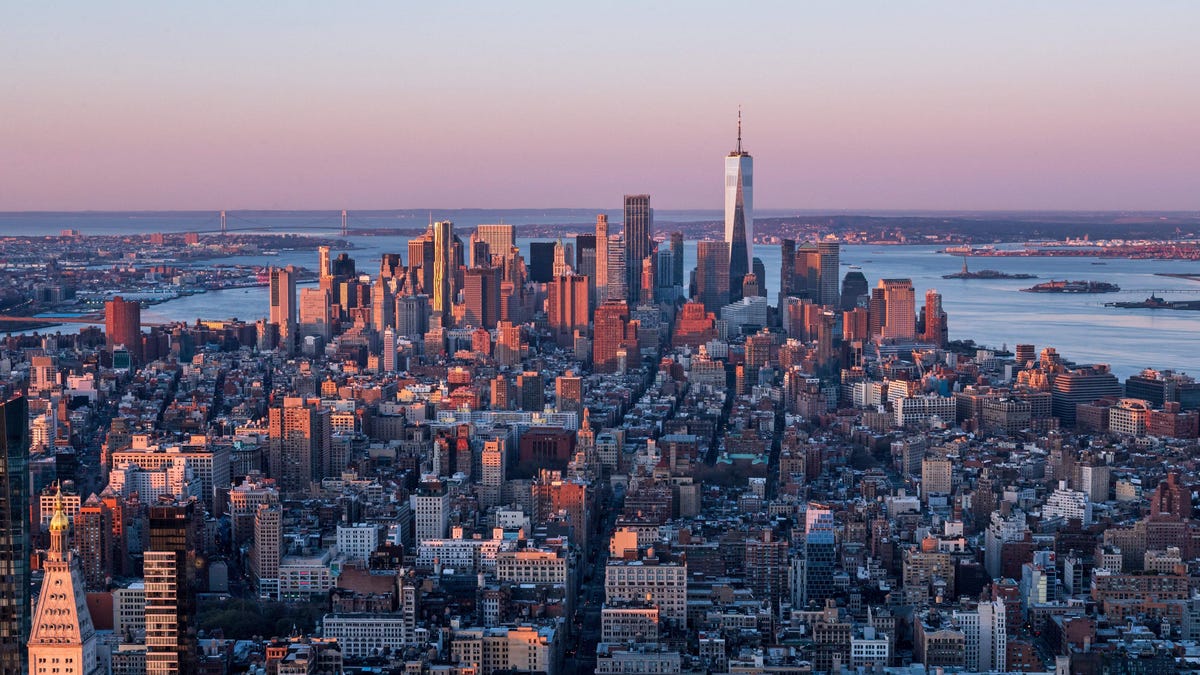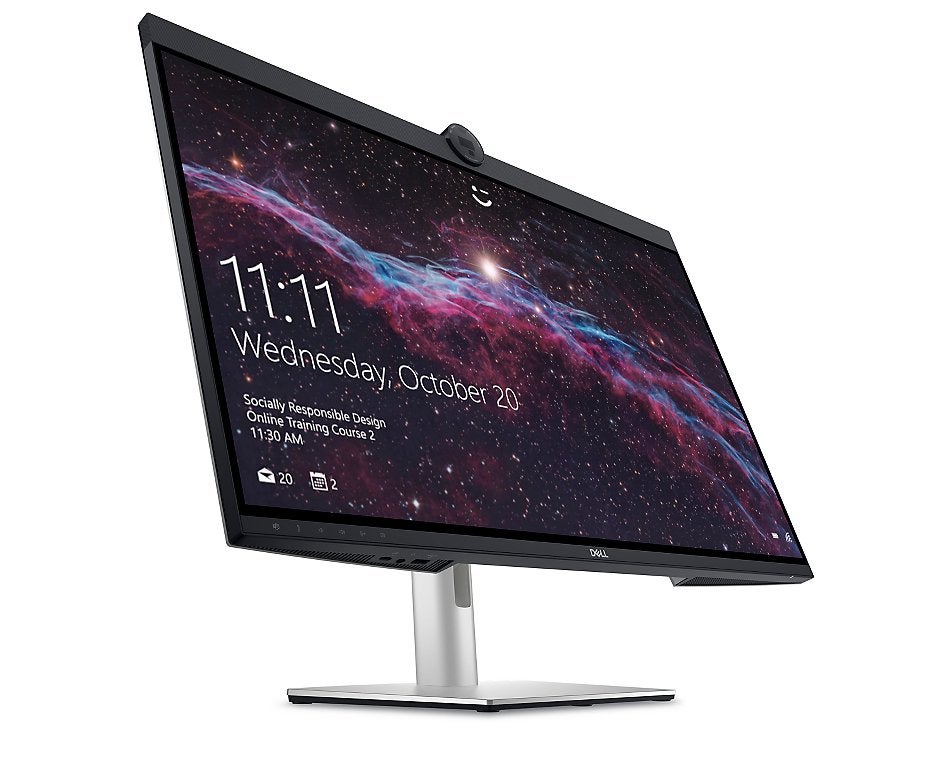[ad_1]

A 2020 proposal to provide internet to New Yorkers lacking access just hit a snag. Former Mayor Bill de Blasio’s Internet Master Plan is on pause allegedly due to the mayoral transition this past November.
According to Gothamistthe plan to bring internet connection to some of New York City’s most disconnected neighborhoods is currently at a standstill. The first phase would cost $157 million and would help connect 600,000 New Yorkers to a broadband connection. Gothamist says that the political transition from former Mayor de Blasio to current Mayor Eric Adams has left this first step in limbo. While this makes it seem that the plan is on the Mayor’s to-do list, Chief Technology Officer Matthew Fraser allegedly said at a City Council technology committee hearing last month that “[a]nything that moves forward from this point, it’s this administration’s burden,” Gothamist reports. The Mayor’s office did not immediately respond to our request for comment on their plans for the Internet Master Plan.
In case you missed it, the Internet Master Plan was a huge proposal in January 2020 by the former Mayor de Blasio in an effort to widen the availability of broadband internet access to city residents. According to de Blasio in the proposal, “more than 1.5 million residents still have neither a connection at home nor on a mobile device,” which is about 18% of the city’s population. The proposal argues that while Manhattan has a high concentration of internet service providers, the surrounding boroughs of the Bronx, Queens, Brooklyn, and Staten Island have fewer providers and gaps in their internet infrastructure. The long-term plan is to expand the pre-existing fiber optic network in New York City, which would cost about $2.1 billion total, with the first phase set to cost $157 million.
The digital divide—the gap between those who have access to reliable internet and those who don’t—has been wreaking havoc on low-income families. The Pew Research Center found that 43% of households with an income less than $30,000 do not have broadband services. New York’s Internet Master Plan is a huge step toward making the internet a public resource for a greater portion of the city’s residents, assuming it ever leaves the mayor’s desk.
[ad_2]
Source link



